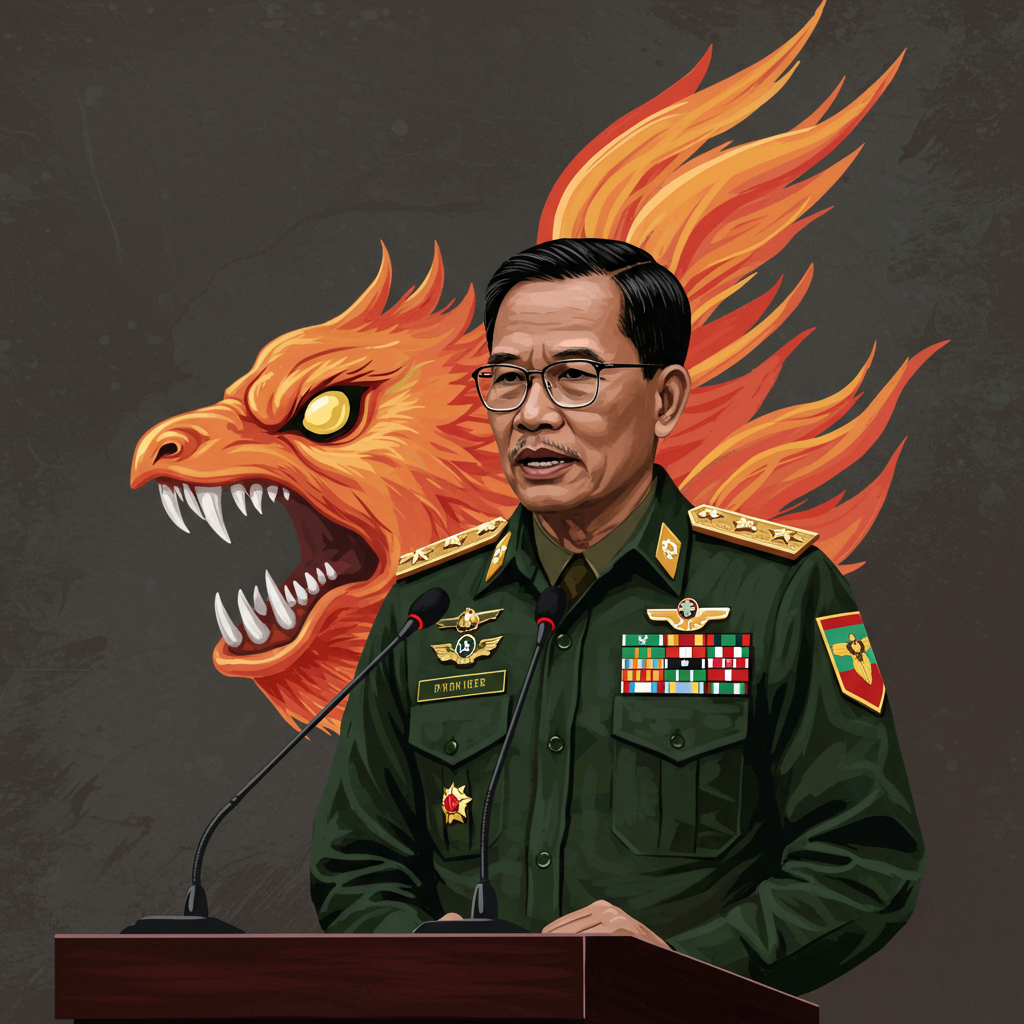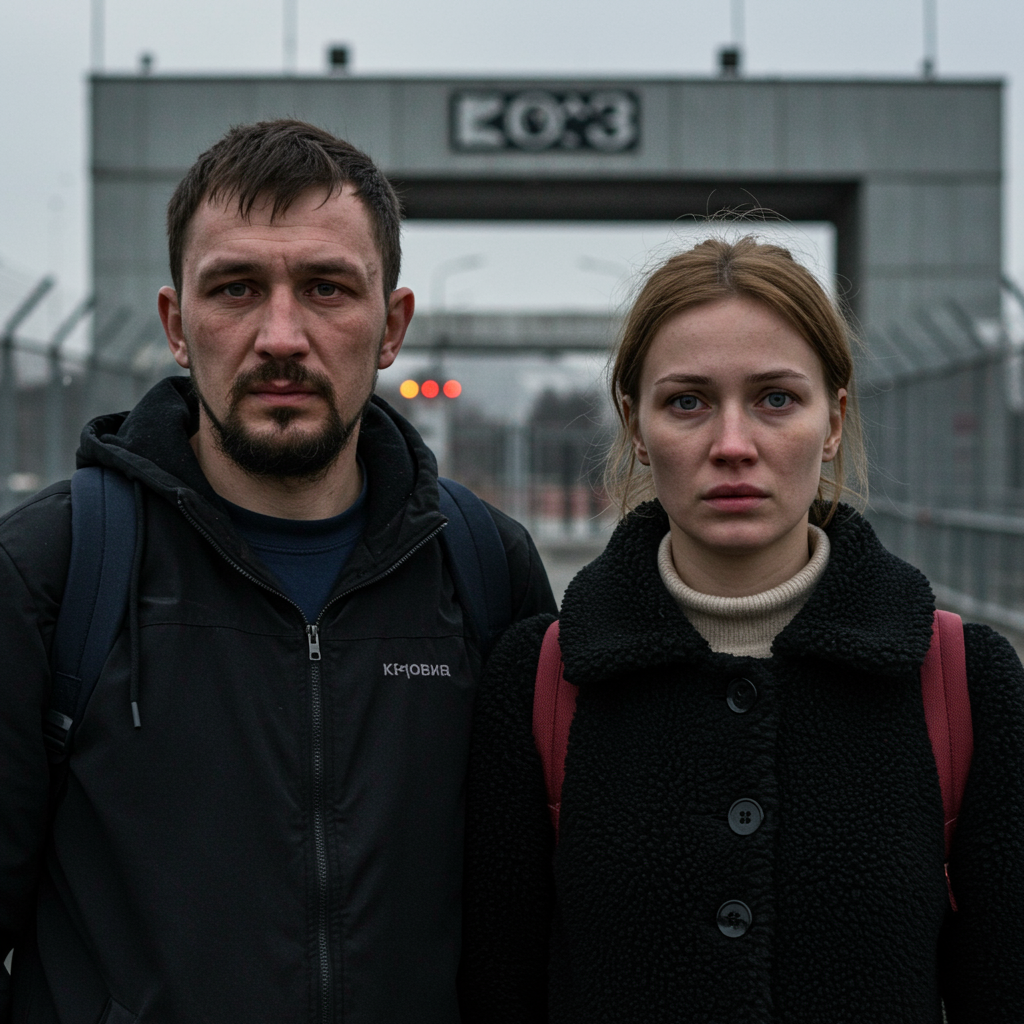Gaza Aid Crisis Deepens as Israel Closes Key Northern Crossing
Humanitarian access to hundreds of thousands of Palestinians facing a critical risk of famine in northern Gaza has been severely hampered after Israel closed northern entry points, including the vital Zikim crossing. This move on Thursday cut off the most direct route for essential supplies, escalating an already dire humanitarian crisis amidst ongoing airstrikes and shelling that have killed dozens more people in the devastated territory.
The closure is expected to intensify international pressure on Israel. It brings global attention back to the humanitarian catastrophe in Gaza following a brief period where focus shifted to the recent conflict with Iran. During the 12 days surrounding that confrontation, over 800 Palestinians in Gaza were reportedly killed, either by Israeli strikes and shelling or while desperately seeking food.
Diplomatic and Legal Fallout Mounts
Spain’s Prime Minister, Pedro Sánchez, emerged as a prominent European voice, describing the situation in Gaza as “genocide.” Speaking ahead of an EU summit, Sánchez referenced an EU report citing “indications” Israel may be breaching human rights obligations under their cooperation agreement, highlighting the aid blockade, high civilian casualties, attacks on journalists, and widespread destruction.
The closures and the broader conduct of the conflict have drawn sharp international criticism. Pope Leo XIV recently decried a “shameful disregard for international law,” lamenting the rise of “blunt power” over established rules in global conflicts, including Gaza. Legal experts and UN officials have raised concerns about potential genocide and violations of international humanitarian law designed to protect civilians.
Figures cited by local health officials in the territory now report an overall death toll exceeding 56,000 Palestinians, predominantly civilians, since the conflict began. While Israel vehemently denies allegations of war crimes and genocide, labelling them as biased and antisemitic, a former US State Department spokesperson has acknowledged that the Israeli military has “without a doubt” committed war crimes. Furthermore, Israel is accused of defying international rulings, including those from the ICJ regarding the blockade and killings, and faces ICC arrest warrants for leaders on charges potentially including using starvation as a weapon of war – despite many nations maintaining deep trade and military ties.
Turmoil and Controversy Over Aid Distribution
The immediate catalyst for the closure of the northern crossings appeared to be social media footage showing armed men guarding an aid shipment. While Israeli right-wing figures claimed these individuals were Hamas members seizing aid, aid workers and local sources, including influential clan representatives, stated the guards were local tribal members. The Higher Commission for Tribal Affairs asserted they had organized protection “solely through tribal efforts” to prevent theft by “aggressors and thieves,” explicitly denying involvement from any Palestinian faction like Hamas.
This incident highlights the escalating chaos surrounding food distribution in Gaza. After a strict two-and-a-half-month blockade early in the conflict, Israel has allowed only limited supplies. UN efforts face numerous obstacles: rubble-choked roads, Israeli military restrictions, continued attacks, growing lawlessness, desperate crowds, and armed gangs looting trucks. A recent Israeli strike reportedly killed 18 Palestinians, including members of a security unit tasked with preventing looting, near a food distribution point in central Gaza. Israel views Gaza police units as linked to Hamas, which it accuses of stealing aid.
In response to the anarchy, an association of Gaza’s clans and tribes announced independent efforts to guard convoys, aiming to prevent aid from being stolen and resold at inflated prices. However, it remains unclear if these tribal initiatives coordinate with UN or Israeli authorities, adding another layer of complexity to the fragmented aid system.
Limited Access and Alternative Models
Reaching the north, where the need is most acute, remains exceptionally difficult. While Zikim had eased some access, its closure is described by aid officials as “very problematic,” directly impacting distribution to an estimated one million people in the area.
Alternative distribution points, like those supported by the Gaza Humanitarian Foundation – a secretive US- and Israel-backed private organization – are primarily located in central and southern Gaza. This forces Palestinians to travel long distances through dangerous areas to reach aid, often navigating Israeli military zones. Witnesses have reported Israeli troops firing to control crowds near aid points, resulting in hundreds of casualties, though the military claims only firing warning shots.
Overall aid delivery remains inconsistent. While Israeli authorities reported scores of trucks entering on some days, agencies describe the amount as insufficient. The World Health Organization recently delivered its first medical shipment since March, calling the nine truckloads “a drop in the ocean,” adding that only 17 of Gaza’s 36 hospitals remain minimally to partly functional.
Challenges in Reporting from Gaza
Reporting independently from Gaza is fraught with difficulty. Israel has prevented international journalists from entering without military escort since October 7, significantly restricting movement and contact with Palestinians. Palestinian journalists have suffered devastating losses, with over 180 killed, and rights groups stating at least 19 were directly targeted by Israeli forces. Legal challenges by foreign reporters seeking access have been rejected by Israel’s supreme court on security grounds. Media organizations navigate these restrictions through local journalists and rigorous verification of third-party content and data.
Context and Future Uncertainty
The conflict stems from Hamas’s October 7, 2023 attack on southern Israel, which killed around 1,200 people and resulted in 251 hostages being taken; fewer than half of the 49 remaining are believed to be alive.
Despite hopes raised by mediator efforts and reports of intensifying talks, both Hamas and Israeli officials indicate that a third ceasefire agreement is not currently close. Israel states efforts to retrieve hostages continue through military and negotiation channels. Israeli Prime Minister Benjamin Netanyahu faces mounting domestic pressure from opposition politicians, hostage families, and the public to end the fighting, particularly following recent military losses, including seven soldiers killed in a single attack in southern Gaza.
Amidst the ongoing violence, the breakdown of civil order around aid distribution, and severely restricted access, the humanitarian situation in Gaza continues to deteriorate, placing hundreds of thousands at increasing risk of starvation.




